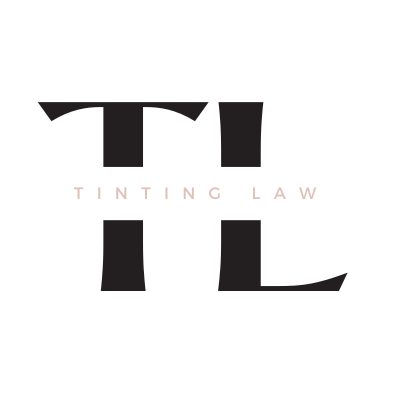Washington Car Window Tinting Laws: A Detailed Overview
In Washington, car window tinting is a sought-after vehicle modification, offering both aesthetic appeal and protection from the sun’s strong rays.
For drivers in the Evergreen State, it’s crucial to be informed about Washington’s tinting regulations.
This article delivers a concise breakdown of Washington’s car tint laws.
1. Front Windshield:
- Tinting is allowed above the manufacturer’s AS-1 line or the top 6 inches, whichever comes first.
- Reflective or mirror-like finishes are not permitted.
2. Front Side Windows:
- These windows must allow 24% or more of light to pass through.
- Reflective tints are not allowed.
3. Back Side Windows:
- For cars, these windows must allow 24% or more of light to pass through.
- Reflective tints are prohibited.
4. Rear Window:
- Tinting is permitted, but if the rear window is tinted, the vehicle must have dual side mirrors for clear visibility.
5. Tint Colors:
- Washington does not have specific restrictions on tint colors.
6. Medical Exceptions:
- Washington provides exceptions for individuals requiring specific tints due to medical conditions. Proper documentation from a licensed physician is mandatory.
7. Quality Standards:
- When considering window tinting in Washington, it’s essential to ensure the shop uses state-compliant tint materials. They should be able to provide certification or proof of compliance upon request.
8. Tint Stickers:
- Legally tinted vehicles in Washington should have a sticker, typically located on the driver’s side window.
9. Compliance:
- Adhering to Washington’s tinting guidelines is essential. Non-compliance can result in penalties.
Understanding and adhering to car window tinting laws in Washington ensures a compliant driving experience.
For the most up-to-date information on Washington’s tint regulations, it’s recommended to consult the DMV or local law enforcement agencies.
